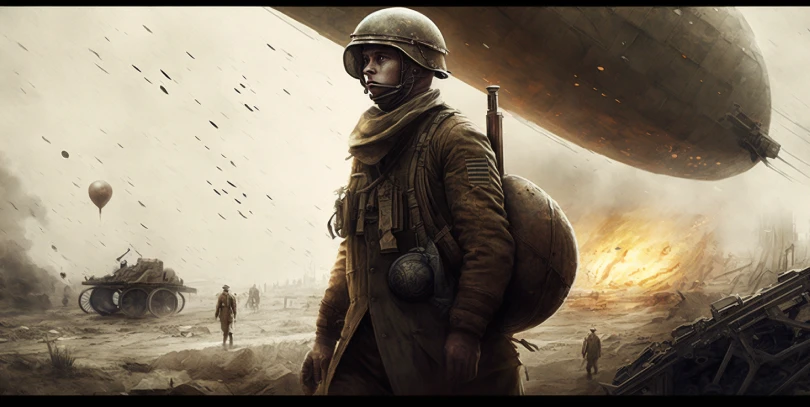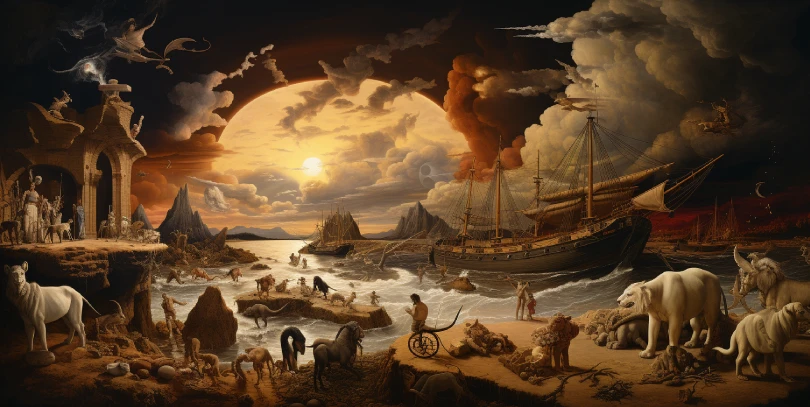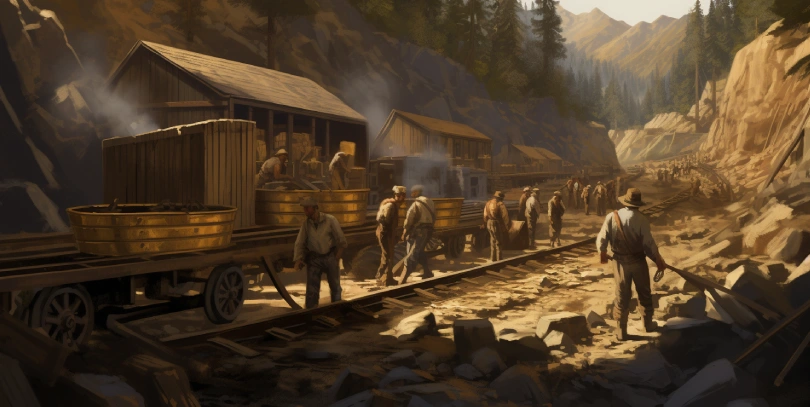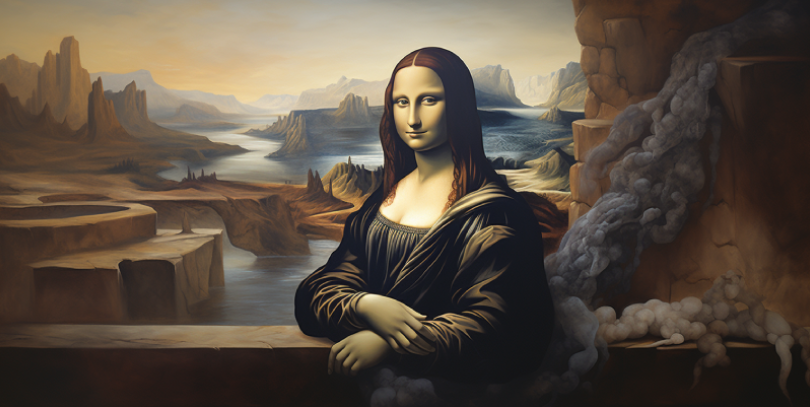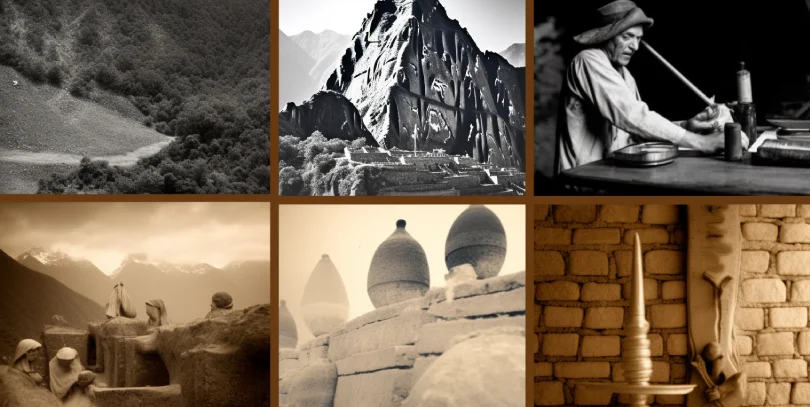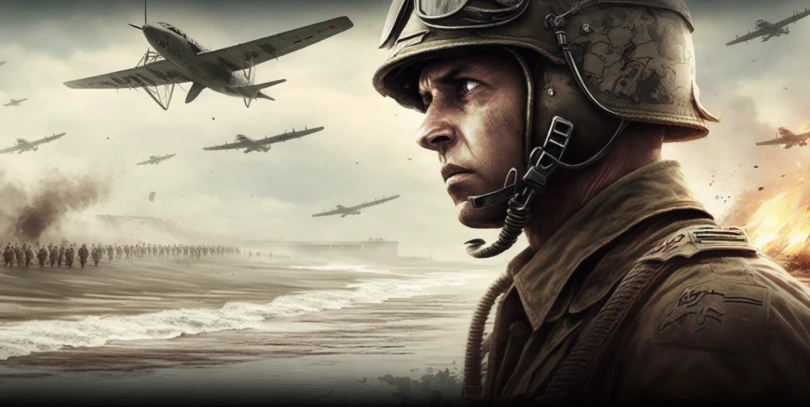World War I was one of the most devastating wars in history, with millions of lives lost and entire countries changed forever. It’s been over a century since the war began, but its legacy still looms large across the world today.
From new technologies that were created to how nations interact, World War I had a lasting impact on society. Here are 24 facts about this epic conflict.
- World War I was a global war that lasted from 1914 – 1918.
- The war was fought between the Allied Powers and the Central Powers.
- The Allied Powers were led by Great Britain, France, Russia, Italy, Romania, Canada, Japan, and the United States.
- The Central Powers were led by Germany, Austria-Hungary, Bulgaria, and the Ottoman Empire.
- The war began on July 28, 1914, when the Austro-Hungarian Archduke Franz Ferdinand and his wife were murdered by a Serbian nationalist in Sarajevo. After that Austria-Hungary declared war on Serbia.
- New technologies such as tanks, airplanes, and poison gas were used for the first time during the war.
- The war also saw a significant naval battle called the Battle of Jutland. The Battle of Jutland took place in the North Sea and was a large fight between German forces and those from the UK, Australia, and Canada. A total of 250 ships and 100,000 men were involved, in an action that lasted from May 31 to June 1, 1916.
- The war resulted in millions of casualties, with an estimated 9 million soldiers and 7 million civilians killed as a direct result of the war.
- After World War 1, new countries were formed: Finland, Estonia, Latvia, Lithuania, Poland, Yugoslavia, Austria, and Czechoslovakia.
- World War I led to the collapse of four empires: the Russian Empire, the German Empire, the Austro-Hungarian Empire, and the Ottoman Empire.
- The United States entered the war in 1917 after the sinking of the Lusitania by several German submarine attacks.
- The Russian Revolution of 1917 led to Russia’s withdrawal from the war.
- The war saw the introduction of new tactics, such as naval warfare, land warfare, chemical warfare, mobile warfare, aerial warfare, and trench warfare.
- The war also saw the use of propaganda to shape public opinion.
- The war had a significant impact on the role of women in society. The number of women in the workforce increased.
- The Treaty of Versailles, signed on June 28, 1919, officially ended the state of war between Germany and the Allied Powers. This forced Germany to pay financial reparations and led to disarming, losing territory, and giving up all of its overseas colonies.
- The treaty led to the establishment of the League of Nations. The primary mission of the League of Nations is to maintain world peace.
- Because of the intensity of the war, soldiers lived in the trenches. Due to the difficult conditions of living in them, many soldiers became ill.
- The biggest battles of World War 1 are considered to be the Battle of Tannenberg, the First Battle of Marne, the Battle of Gallipoli, the Battle of Verdun, the Battle of Jutland, Battle of Somme.
- World War I was the first global conflict in modern history, involving more than 30 countries and causing the deaths of an estimated 16 million people.
- The use of chemical weapons, such as mustard gas and chlorine gas, was a significant feature of World War I.
- The battles of the Somme and Verdun fought in 1916, were among the bloodiest of the war and resulted in hundreds of thousands of casualties.
- The war also paved the way for the rise of communism in Russia and the eventual formation of the Soviet Union.
- The war saw the development of new medical practices and techniques, including plastic surgery and blood transfusions, that helped to save countless lives.
Sources:
